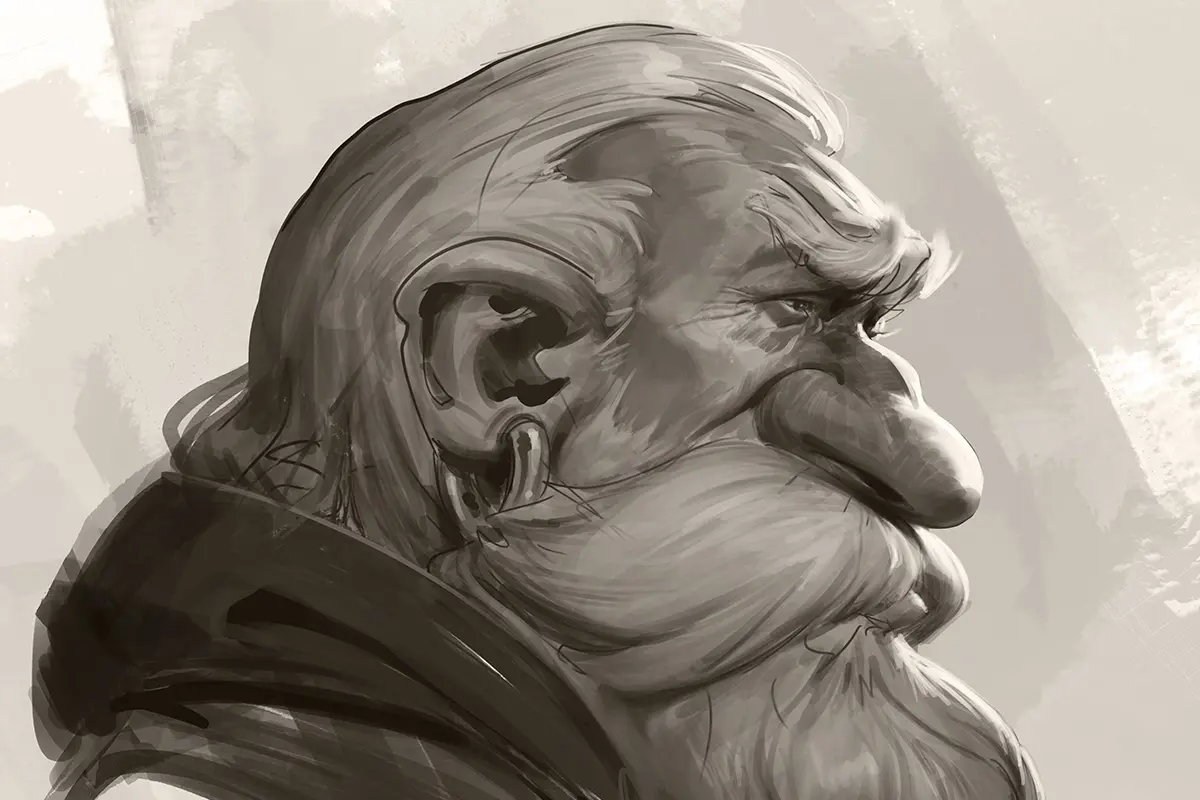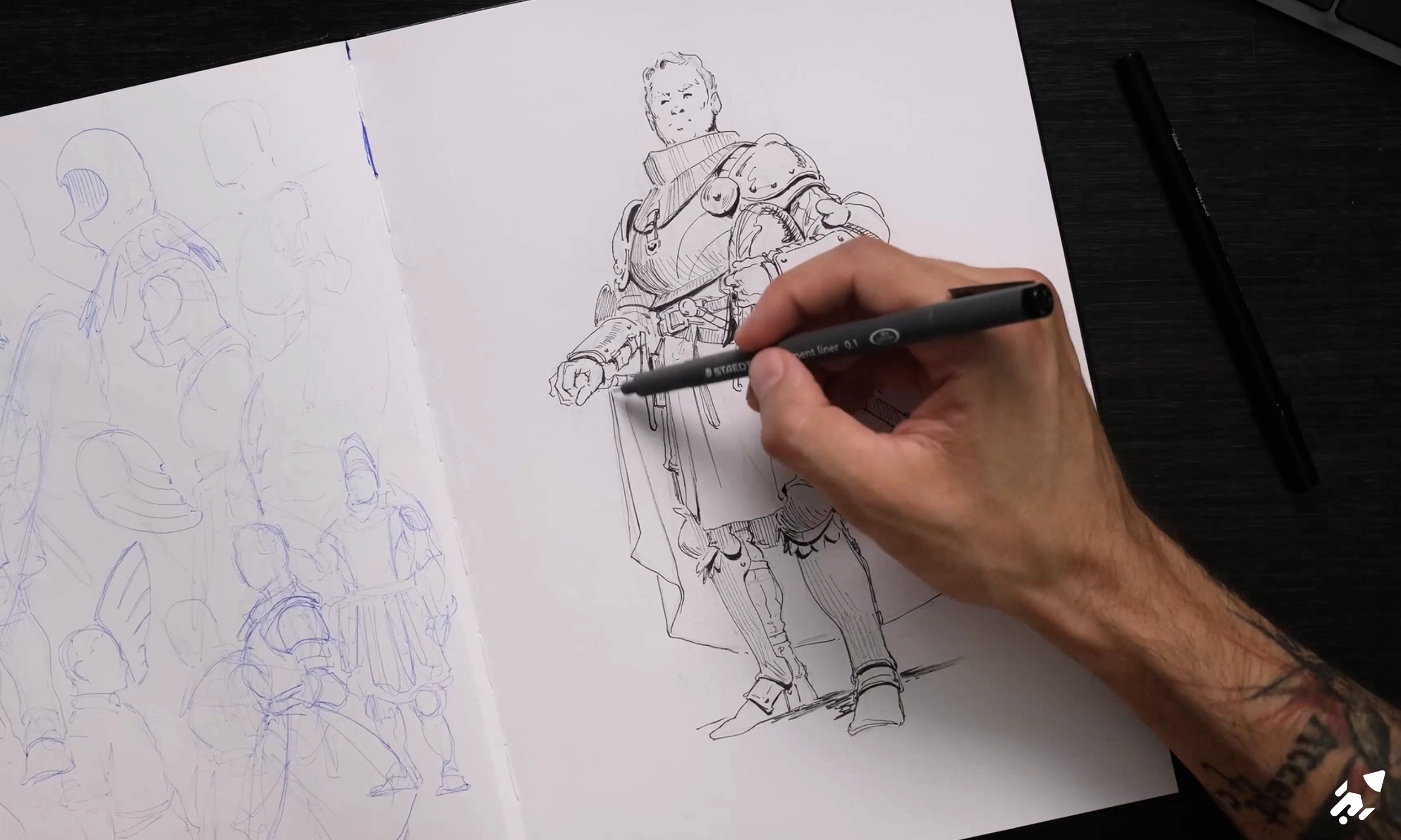
Should You Buy Another Art Mentorship? Read This First!
News, Drawing, Drawing
Should You Buy Another Art Mentorship? Read This First!
Are you considering signing up for another art mentorship, hoping it will finally fix your problems or unlock your next level? Before you spend your money, let’s talk about what mentorship really is, why so many artists (and mentors) end up frustrated, and how to make sure you actually benefit from the experience. This guide will help you set the right expectations, avoid common pitfalls, and get the most out of your art journey—whether you’re a mentee or a mentor.
What Is a Mentorship—And What Isn’t It?
A mentorship is supposed to be a period where you receive guidance from someone more experienced. But here’s the catch: a mentor’s real job is to expose your weaknesses and assumptions, not to fix your problems for you. The best mentors help you see where you need to grow, then trust that you have the capacity to work on those areas yourself.
What mentorship is NOT:
- A magic fix for your art struggles
- A replacement for your own effort and responsibility
- A mental health coaching session (though it often turns into one!)
If you expect a mentor to solve everything for you, you’re setting yourself up for disappointment—and so is your mentor.
The Most Common Mentorship Mistakes
1. Expecting the Mentor to Fix Everything
Many students enter mentorships thinking the mentor will “fix” their art or motivation. This is a huge mistake. Growth only happens when you take responsibility for your own progress. A mentor can point out what’s holding you back, but only you can do the work to improve.
2. Over-Mentoring and People-Pleasing
Some mentors try to force their process or opinions onto students, which can kill creativity and confidence. Others become people-pleasers, trying to meet every expectation and ending up burned out. The healthiest mentorships are honest, objective, and focused on exposing weaknesses—not forcing solutions.
3. Turning Mentorship Into Therapy
Art mentorships often drift into mental health territory, especially in one-on-one settings. While it’s normal to face motivation and mindset challenges, it’s not the mentor’s job to fix your life. Both sides need to set clear boundaries and expectations.
How to Get the Most Out of a Mentorship
- Set Clear Expectations: Know what you want to learn and communicate it honestly.
- Be Ready for Brutal Honesty: Growth comes from facing your weaknesses, not avoiding them.
- Take Responsibility: The mentor exposes, you fix. Don’t expect anyone else to do the work for you.
- Don’t Be a People Pleaser: Whether you’re a mentor or mentee, honesty and boundaries are key.
- Understand Capacity: Not everyone is ready to be a mentor or a mentee. Make sure you’re prepared for the commitment.
For more on building the right mindset for learning art, check out Struggling to Learn Drawing? Here’s What Actually Works.
Alternatives to Traditional Mentorship
If you’re not ready for a mentorship or want to supplement your learning, try these options:
- Structured Art Programs: Self-paced roadmaps and courses, like those at Artwod, help you build skills step by step.
- Art Workouts: Weekly exercises and challenges keep you improving without the pressure of one-on-one mentorship.
- Community Feedback: Share your work in group settings for honest, helpful critique without the emotional baggage.
Rethink Your Mentorship Strategy
Most mentorships fail because of mismatched expectations. The best mentors expose your weaknesses and trust you to fix them. The best mentees take responsibility for their growth and don’t expect magic solutions. Before you buy another mentorship, ask yourself: Are you ready to do the work? If so, you’ll get real value—if not, no mentor can help.
Author: Artwod Team
Published: Jun 25, 2025


